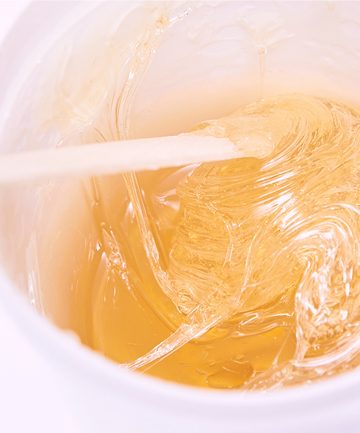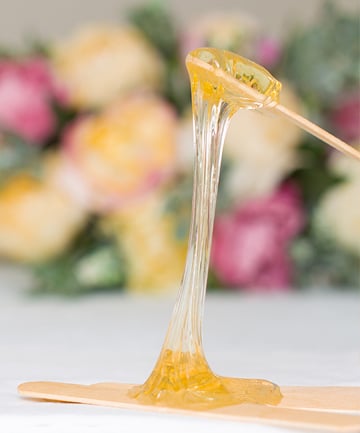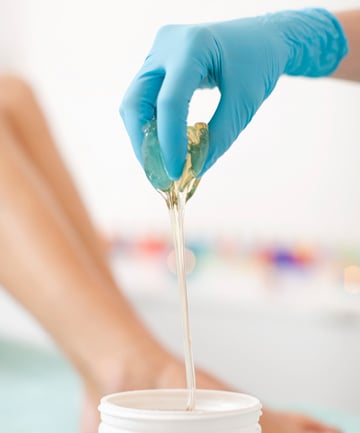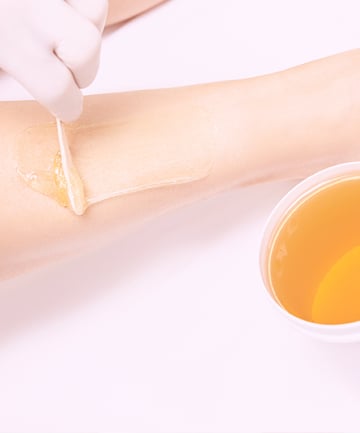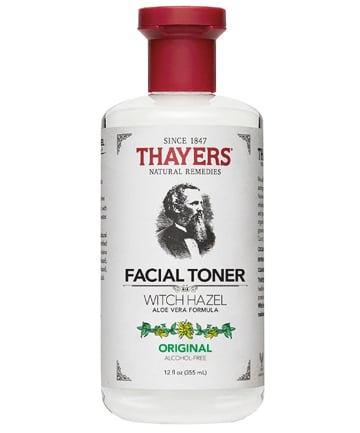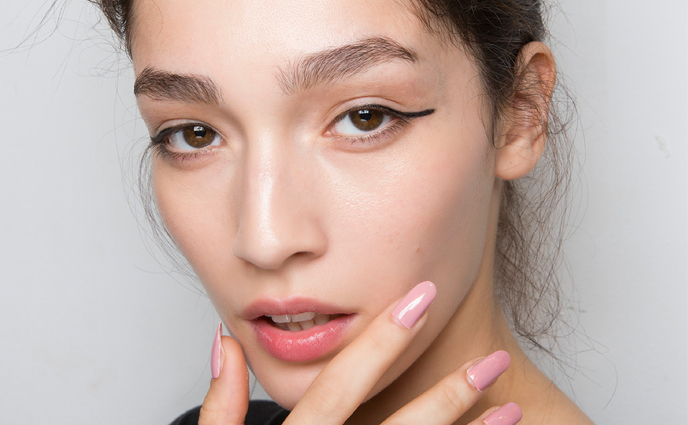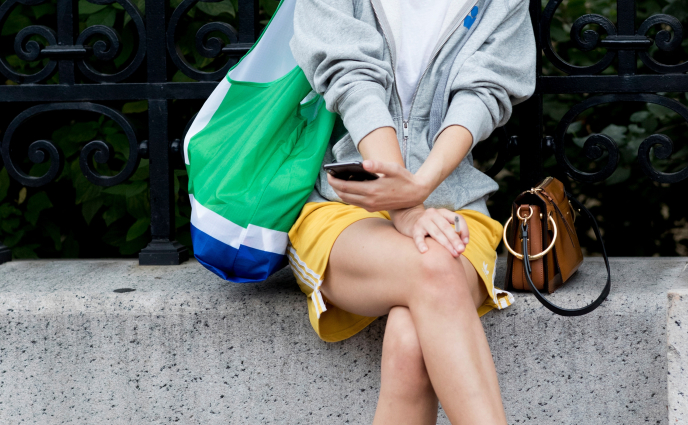Sugar isn't just for baking anymore: The sweet treat is now the main ingredient for one of the newest trends in hair removal — sugaring.
Although it's only started to really catch on in the US over the past few years, sugaring is actually a very old method. It started as an ancient Egyptian technique, and remained a popular practice in the Middle East and parts of Asia. Fast forward to 2019, and salons dedicated to this technique are popping up all over the US.
The process is simple and effective: "The sugar paste is applied in the opposite direction of hair growth and extracts hair from the follicle when it is flicked off in the natural direction of the growth," explains Courtney Claghorn, Founder of SUGARED + BRONZED in Los Angeles. She hails it as being one of the "most all-natural and outcome-driven methods [of hair removal]."
Want to learn more? Read on for four big reasons why people are turning to sugaring over waxing, shaving, plucking, and threading.
Image via Elena Volf/iStock/Getty Images Plus/Getty
So what creates the sugar paste? The hypoallergenic paste is made up of 100 percent all-natural ingredients that you can actually pronounce and trust: Sugar, water, and lemon — that's it! The concoction is also water-soluble and very easy to clean up.
Image via Natalia Kuzina/iStock/Getty Images Plus/Getty
Unlike waxing, sugaring requires no heat, which means there is no potential for burns: "It's only lukewarm at its hottest temperature" says Claghorn. Gone are the days of suffering the pain of too-hot wax!
Image via Maskot/Maskot/Getty
Because of the application process, sugaring is more effective than waxing. Since the paste is pulled up in the same direction as hair growth, there is less potential for breakage, which prevents irritants like ingrown hairs from developing. Sugaring is also more hygienic and is hypoallergenic. Oh and did we mention that it's far less painful to sensitive areas than threading?
Another bonus: By ditching your razor, you can say bye-bye to razor burn, cuts, and visible dark roots that remain even after the hair has been shaved off.
And the greatest perk of all? According to Byrdie, "frequent sugaring can cause the hair follicle to become damaged and stop growing hair." Oh, yes.
Image via Elena Volf/iStock/Getty Images Plus/Getty
The newly de-haired area will be sensitive and red for a bit, so plan your sugaring sessions accordingly. Since the process opens your pores, it's beneficial to apply a mild astringent, such as Thayers Original Facial Toner, $8.79, to ensure that no bacteria gets in.
Claghorn recommends waiting at least 48 hours before exposing newly sugared areas to the sun, applying cosmetics, or getting into hot tubs/ pools since "skin is more susceptible to UV rays and bacteria during this time period."


